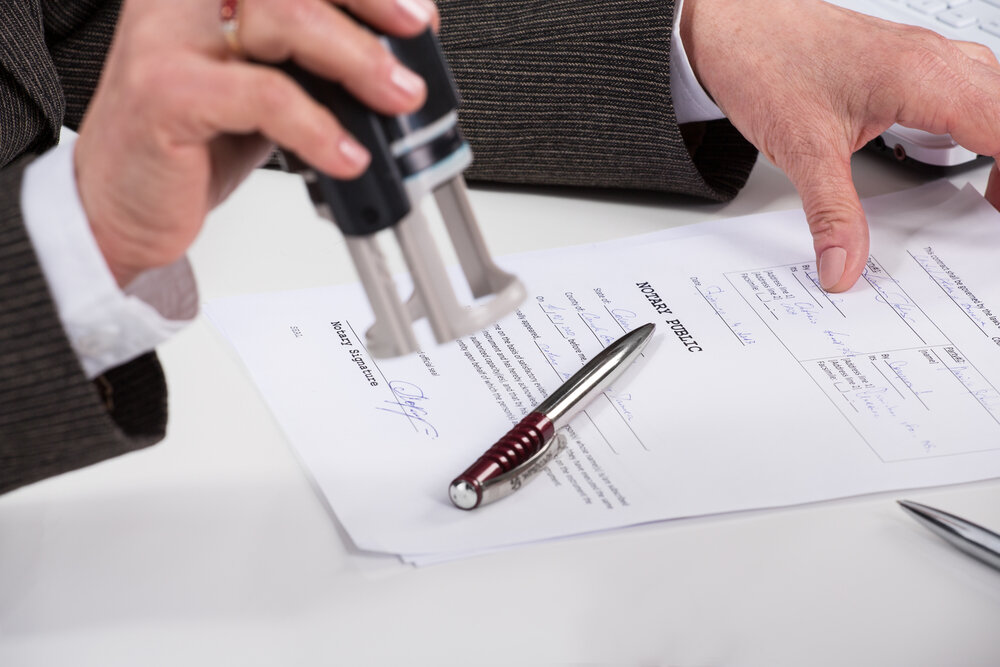Notarizing your documents is an important step that provides validity and security to vital records. Understanding the stages involved in notarizing a contract, will, or other legal documents will help make the process go more smoothly. Here's a complete guide on efficiently notarizing your documents.
What is a Notary Public?
A notary public is a trained and recognized individual who is authorized to witness document signings, administer oaths, and execute other legal document-related activities. Their major responsibility is to avoid fraud and ensure that the parties to a transaction are who they claim to be.
The Importance of Notarization
Notarization serves several key purposes:
Verification of Identity: A notary public verifies the identity of the signers, ensuring they are who they claim to be.
Deterrent Against Fraud: The presence of a notary helps prevent fraudulent activities, as the notary will refuse to notarize documents if they suspect foul play.
Legally Binding Documents: Notarized documents often hold more weight in legal situations, making them more difficult to challenge.
Step-by-Step Process for Notarization
Step 1: Prepare Your Documents
Before visiting a notary public, ensure that your documents are complete and ready for signing. Double-check for any missing information or signatures. Common documents that require notarization include:
Affidavits
Power of Attorney
Real estate documents
Contracts
Step 2: Find a Notary Public
Look for a qualified notary public in your neighborhood. Notaries are available in banks, law offices, and through dedicated notary services. Some notaries may also provide mobile services, traveling to your location for increased convenience.
Step 3: Schedule an Appointment
To book an appointment, please contact the notary. Inquire about their rates, needed identification, and any further documentation you must bring. Certain notaries may charge a fee per signature or document.
Step 4: Bring Valid Identification
Bring a legitimate form of identification to your appointment, such as a driver's license or passport. The notary public will need to confirm your identity before proceeding with the notarization.
Step 5: Sign in Front of the Notary
Once at the appointment, you must sign the document in front of the notary public. Do not sign the paper ahead of time because the notary must witness the signing in order for it to be genuine.
Step 6: Notary Completes the Process
After witnessing the signing, the notary public will complete the notarization by:
Affixing their official seal or stamp to the document.
Signing the document and including their notary public information.
Providing a record of the notarization in their journal, if applicable.
Step 7: Review the Notarized Document
Once the notarization is complete, go over the document to check everything is in order. Check sure the notary's signature and seal are clearly visible, and that the document is complete.
Step 8: Store Your Notarized Documents Safely
Once notarized, keep your documents in a safe place. Consider making copies for your records, particularly of crucial legal documents such as wills and contracts.
Conclusion
Notarizing your documents is an easy process that can give you piece of mind and legal protection. By following this step-by-step guidance, you can ensure that your crucial documents are notarized correctly, protecting your interests and avoiding potential disputes. Always hire a trustworthy notary public and prepare your documents ahead of time to ensure a seamless notarization process.





Comments